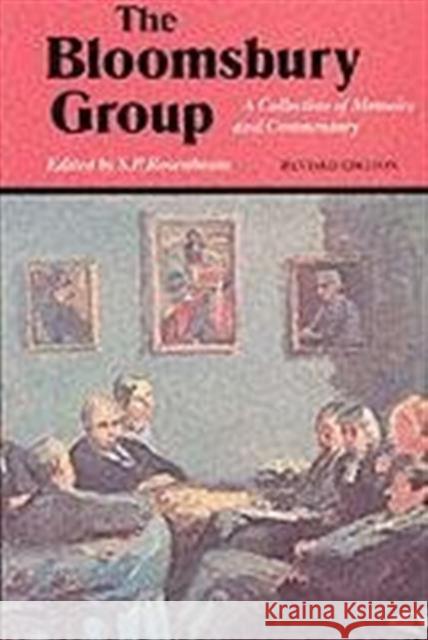The Bloomsbury Group : A Collection of Memoirs and Commentary » książka
The Bloomsbury Group : A Collection of Memoirs and Commentary
ISBN-13: 9780802076403 / Angielski
Bloomsbury, wrote E.M. Forster in 1929, 'is the only genuine movement in English civilization.' By this time the group's influence had been extended from fiction, biography, economics, and painting through literary, social, and art criticism to publishing and journalism. Partly as a result of its influence, Bloomsbury has been widely misunderstood as a cultural, social, and even sexual phenomenon by both its friends and its detractors. As S.P. Rosenbaum observes in the foreword to this revised and expanded edition, Bloomsbury cannot be reduced to a creed or argued away because of its complexity. 'What Bloomsbury stood for is what they were and what they did, ' he writes, 'That is why a collection of descriptions of the Bloomsbury's lives and works may be the only wholly satisfactory way of defining the Bloomsbury Group.'The first section of the volume, Bloomsbury on Bloomsbury, contains the basic memoirs and discussions of the Group itself by the original members, Virginia and Leonard Woolf, Vanessa and Clive Bell, E.M. Forster, Roger Fry, John Maynard Keynes, Lytton Strachey, Duncan Grant, Desmond MacCarthy, and others. These recollections range from unpublished private correspondence and diaries to formal autobiographies. Published here for the first time is the remainder of Desmond MacCarthy's unfinished Bloomsbury memoir. Virginia Woolf's complete Memoir Club paper on Old Bloomsbury and excerpts from her letters and diaries also appear, as do letters about Bloomsbury by Lytton Strachey, Roger Fry, E.M. Forster, and Vanessa Bell. The second section, Bloomsberries, contains observations on individuals by other members of the group and their children. Virginia Woolf's hitherto unknown biographical fantasy on J.M. Keynes is newly added, as are accounts of Molly MacCarthy, Lydia Lopokova, and David Garnett. Bloomsbury Observed, the last section, consists of reminiscences of the group mainly by their contemporaries. Additions to the revised edition include an early anonymous newspaper account of Bloomsbury, and observations by Quentin Bell, Beatrice Webb, Gerald Brenan, Christopher Isherwood, Frances Partridge, and others. Also included are an updated chronology recording the principal events in the careers of Bloomsbury's members and an enlarged bibliography.











